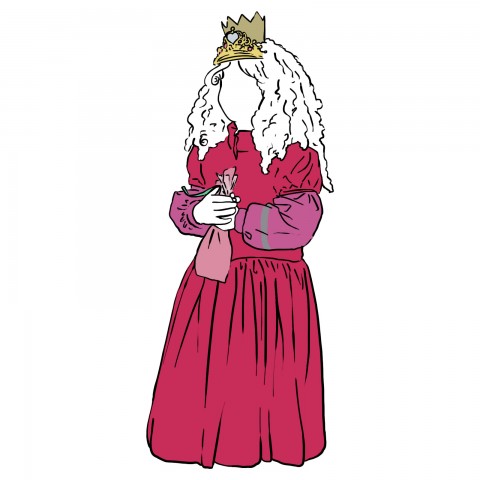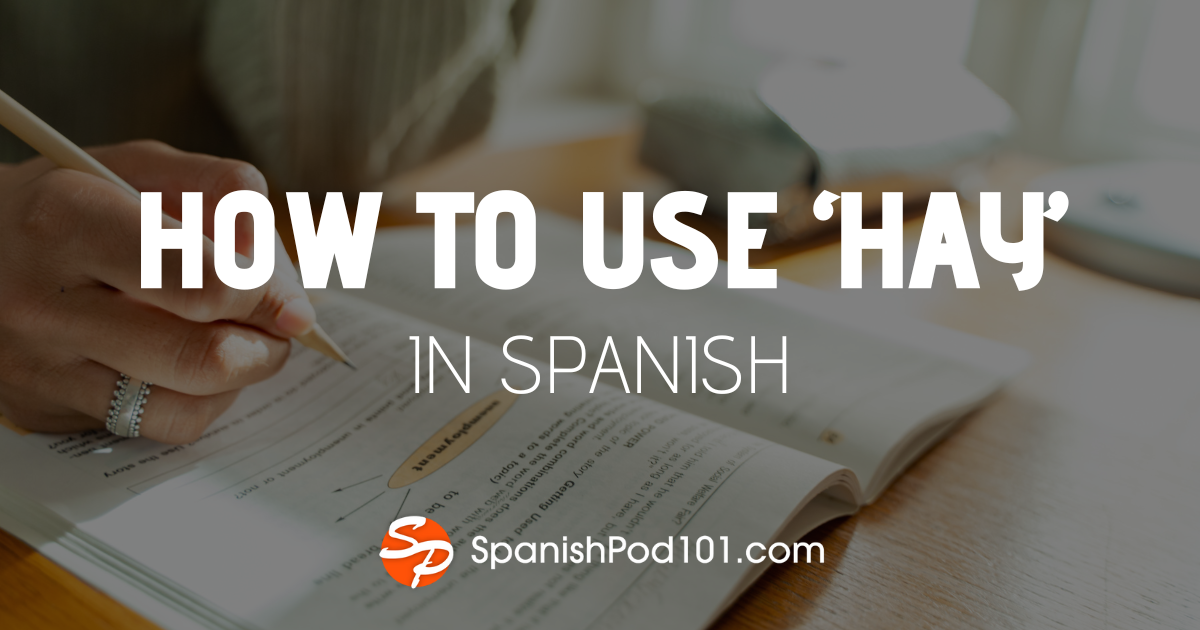In 2010, the Cádiz Carnivals were considered to be one of the ten treasures of the Intangible Cultural Heritage of Spain. According to some historians, the origin of this festival, which usually lasts three days and in which people dress up in costumes, dates back to ancient Egypt and Sumer, about 5,000 years ago.
Thus, you can see how the Spanish Carnival is an integral part of Spain’s culture. Let SpanishPod101.com show you all the interesting facets of the Spanish Carnival, including the famous burial of the Sardine and more Spanish Carnival facts!
1. What is Spanish Carnival?
In Spain, Carnival is a time of feasting and celebration before the Lent period of fasting. This is a holiday long celebrated throughout history, and the concept is common throughout the world—that of indulgence and fun before the fasting begins.
From Spanish Carnival masks to an array of exciting dances, the Spanish Carnival is quite the celebration. Indeed, the Carnival of Spain is not something to be missed!
2. When is it?
The date of the Spanish Carnival season varies each year as it depends on the date of Easter. For your convenience, here’s this holiday’s date for the next ten years:
- 2019: March 4
- 2020: February 24
- 2021: February 15
- 2022: January 31
- 2023: February 20
- 2024: February 12
- 2025: March 3
- 2026: February 16
- 2027: February 8
- 2028: February 28
3. How is it Celebrated?
Learn about how the Spanish Carnival is celebrated by reading the Spanish text below (you can find the English translation directly below it).
—–
Aunque dura oficialmente 11 días, los ensayos, concursos y actos gastronómicos consiguen que el ambiente de carnaval dure cerca de un mes. De Cadiz son conocidísimas las chirigotas. Son agrupaciones músico coral que canta principalmente por las calles ofreciendo coplas humorísticas. Es típico en estas fechas ver los concursos de estas y otras agrupaciones por televisión.
El Carnaval de Santa Cruz de Tenerife es otro de los más populares. En esta fiesta se disfruta de más de una semana de música, baile y disfraces. A estos días le preceden otros en los que tiene lugar la presentación de las candidatas a Reina. También los diversos concursos de murgas infantiles y adultas, que tienen su origen en las chirigotas gaditanas. Se realiza al final el Entierro de la Sardina. Consiste en un desfile que parodia un cortejo fúnebre y culmina con la quema de una figura, normalmente representando a una sardina. Se celebra tradicionalmente el miércoles de Ceniza.
En el Carnaval de Gran Canaria se celebran dos galas de gran fama. Una en la se que elige la Reina y otra en la que se elige al Drag Queen del Carnaval. La fiesta comienza con el pregón del Carnaval. Un acto muy esperado también es la Gran Cabalgata del sábado siguiente a la Gala de elección de la Reina y del Drag Queen.
En Solsona cuenta la leyenda que enviaron un burro a comer la hierba del campanario de la catedral. Decidieron subirlo colgado del cuello y el animal vació en este momento la vejiga sobre el público. Hoy se sigue recordando en sus carnavales esto con la ‘Colgada del burro’… aunque el animal es de cartón-piedra y peluche, y relleno de agua.
—–
Though they officially last 11 days, gastronomic events, competitions and rehearsals make the atmosphere of Carnival last about a month. From Cádiz, the “chirigotas” are extremely well known. They are musical choir groups who sing mainly in the streets, offering humorous verses. It is typical on these dates to see the contests between these and other groups on television.
The Carnival of Santa Cruz de Tenerife is another of the most popular ones. At this celebration you can enjoy more than one week of music, dancing and costumes. These days are preceded by others in which the presentation of the candidates to the throne of the Queen takes place. There are also different contests for children’s and adults’ bands of street musicians, which have their origin in the Cadiz Carnival. These are held at the end of the burial of the sardine. That consists of a parade that parodies a funeral procession and culminates with the burning of a figure, usually representing a sardine. This is traditionally celebrated on Ash Wednesday.
In the Gran Canaria Carnival, two very famous galas are held: one in which the Queen is chosen and another in which the Drag Queen of the Carnival is chosen. The celebration begins with the proclamation of the Carnival. Another highly anticipated event is a parade held on the Saturday following the election of the Queen and Drag Queen.
In Solsona the legend has it a donkey was sent to eat the grass of the bell tower of the Cathedral. The people decided to lift it by hanging it from the neck, at which time, the animal emptied its bladder over the crowd. Today this is still remembered at its Carnivals with the “hanging of the donkey”… Although the animal now is papier-mâché, plush, and filled with water.
4. Additional Information
However, there are many other places in the country where Carnival leaves a different mark, a more ritual one. In these places, the celebration is focused on rural and indigenous communities, in Spanish “comunidades indígenas,” where the participants take over the streets and rejoice in the music, dancing, regional masks, and costumes or “disfraces”. These aspects combine to transform the celebration into a more locally traditional affair.
The Carnival of Morelos is one of the ones that best preserve this local tradition. Here, the most popular dance is the chinelos’ dance, or “danza de los chinelos”, a dance which has been preserved with few changes for more than a century.
A “chinelo” is a comical representation of the Spanish colonial people. These Spanish Carnival costumes are fantastically vivid—long robes of velvet and multicolor layers, palm hats covered with black velvet that extend upward, decorated with fretwork, flowers, drawings and feathers; and masks with a white complexion and rosy cheeks, blue eyes, a mustache and pointy beard. You certainly won’t forget seeing these Spanish Carnival costumes!
The celebration starts with the procession of the chinelos, who begin by doing a few dances. Upon arriving at the plaza square, they begin to jump up and down, hopping on their tiptoes. The dancers jump energetically, spinning around, and continue for hours until it’s time for the “fireworks,” or fuegos artificiales, and popular dance.
5. Must-know Vocab
Here’s some vocabulary you should know for Spanish Carnival season!
- Abarrotado — “Crowded”
- Bailar — “Dance”
- Carnaval — “Carnival”
- Desfile — “Parade”
- Disfraz — “Costume”
- Reina del carnaval — “Carnival queen”
- Entierro de la sardina — “Burial of the Sardine”
- Máscara — “Mask”
- Confeti — “Confetti”
- Celebración — “Celebration”
If you want to hear each of these vocabulary words pronounced, visit our Carnival in Spain vocabulary list. Here, you’ll find each word accompanied by an audio of its pronunciation.
Conclusion
Wow! What do you think of the Carnival in Spain and Mexico? Do you celebrate Carnival or a similar holiday in your own country? Let us know in the comments!
To learn even more about Spanish culture and the language, visit us at SpanishPod101.com. We offer an array of insightful blog posts, free vocabulary lists, and even an online community to discuss lessons with fellow Spanish learners. Further, you can check out our MyTeacher program if you’re interested in a one-on-one learning experience with your own personal Spanish teacher!
We hope you enjoyed learning about the Carnival Spanish holiday and that you took something valuable away from this lesson. Keep up the hard work and you’ll begin to speak like a native in no time, and be a master of the culture!













